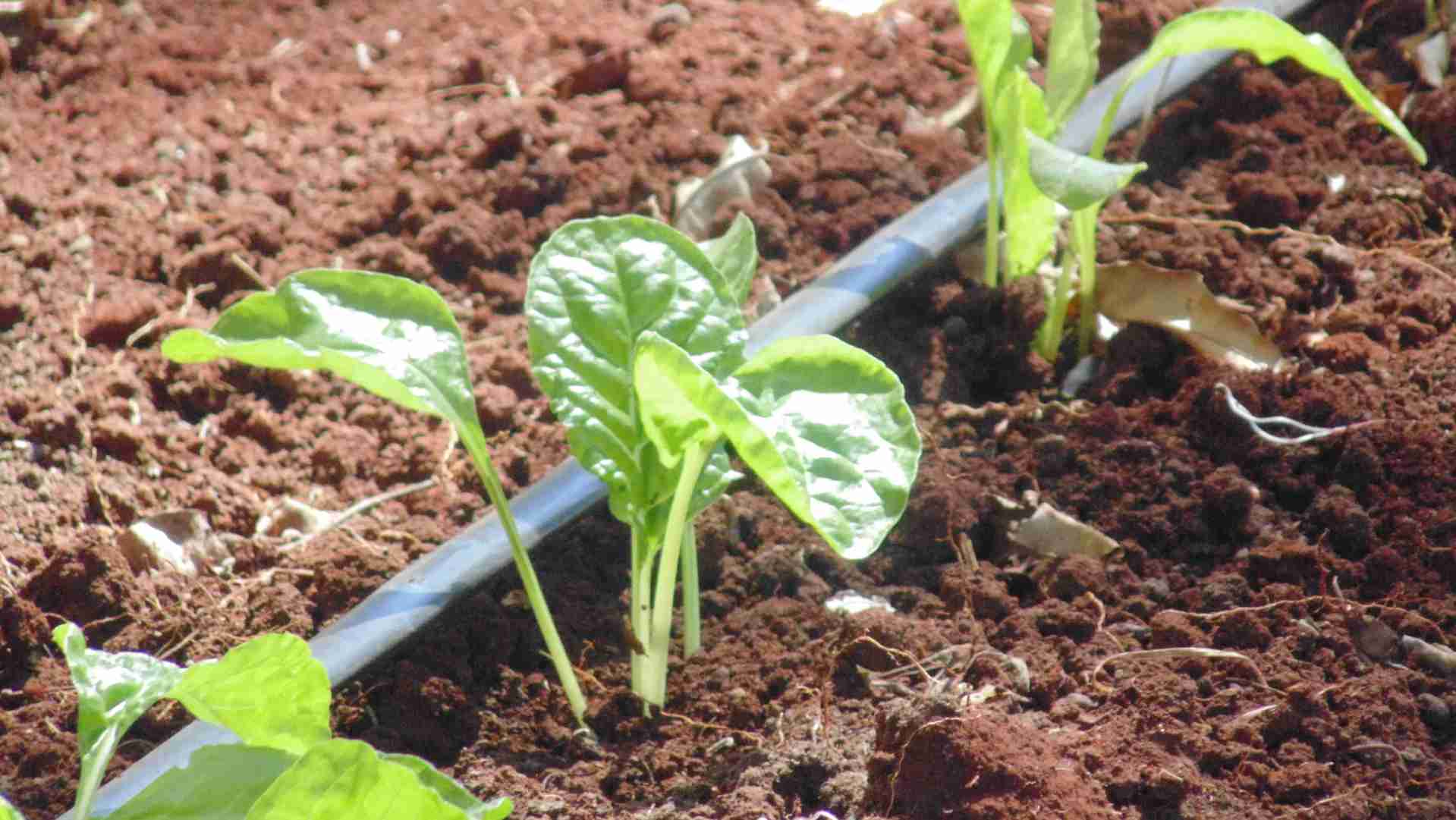Soil Testing: What, How and Its Importance

Soil testing is the analysis of soil samples to determine the nutrient and contamination levels, mineral composition, and other characteristics such as the acidity or pH level. Soils contain nutrients, water, and living organisms that help create healthy and sustainable farms. By conducting a soil test, you will get the right information enabling you to make informed decisions like the quantity of fertilizer needed and the exact type that is needed to improve the soil on your farm thus minimizing expenditure.
Knowing the exact nutrient found in your farm soil and the pH is the first step of any healthy crop production program. Crops are usually grown on a very wide variety of soil types and different fertilizer requirements, depending on the soil’s health and condition. The application of many nutrients can result in an imbalance in soil and eventually affecting the environment and contamination of water and the creatures beneath.
Soil pH
A soil’s pH is the measure of its acidity or alkalinity based on a scale of 0 to 14.
Zero represents very strong acidity, while on the other hand fourteen is extreme alkalinity, and seven is neutral. The pH of an ideal soil on a farm should be in the range of 6.0 to 7.5. If the pH becomes a little imbalanced, it directly affects the availability of nutrients in the soil. By correcting your soil pH, it will enable proper uptake of nutrients by your plant.
Checklist For Soil Testing
- In a greenhouse where a variety of crops are grown, take soil samples from crops of different species in order to get an array of samples, with that you are sure of the probability of the outcome.
- If a problem is being diagnosed, take a sample from both normal and abnormal plants for comparison.
- Take the soil sample for testing about 2 hours after fertilizing or on the same day. If slow-release fertilizer pellets are present, carefully pick them out of the sample, this is because, quick releasing fertilizers can be overapplied or improperly diluted, hence giving a false reading.
- Conduct pre- plant analyses to provide an indication of potential nutrient deficiencies, pH imbalance or excess soluble salts. This is particularly important for growers who mix their own media.
- Conduct media tests during the growing season to manage crop nutrition and soluble salts levels.
- Always use the interpretative data for the specific soil testing method used to avoid incorrect interpretation of the results.
- Be consistent in all sampling procedures each time you sample.
- Do not compare soil test results from one lab to those obtained from another. Testing methods may vary. How the soil test is interpreted is the key to what action you should take based on the soil test.
Why Soil Testing
Soils are tested routinely for the primary nutrients phosphorus (P), potassium (K), and nitrogen (N). In some regions, soils are also routinely tested for other primary nutrients such as calcium (Ca), magnesium (Mg), and sulphur (S), and for other nutrients required in very small amounts by crops such as boron (B), copper (Cu), iron (Fe), manganese (Mn), molybdenum (Mo), and zinc (Zn).
Soils receiving waste materials are also tested for elements such as arsenic (As), cadmium (Cd), nickel (Ni), lead (Pb), mercury (Hg), and selenium (Se) among others.
- To optimize crop production
- To protect the environment from contamination by runoff and leaching of excess fertilizers to aid in the diagnosis of plant culture problems
- To improve the nutritional balance of the growing media and to save money and conserve energy by applying only the amount of fertilizer needed.
Types Of Soil Testing
- Specific Gravity – a test against the density of water.
- Dry Density – equally important, a test of density while dry will determine the density of your soil when dry.
- Atterberg Limits – establish the moisture contents at which fine-grained clay and silt soils transition between solid, semi-solid, and liquid states.
- Proctor’s Compaction – establishes the maximum unit weight that a particular type of soil can be compacted to using a controlled compactive force at an optimum water content.
- Moisture Content – is the quantity of water contained in soil (called soil moisture).
Wrapping Up
At Illuminum Greenhouses, we care for our farmers, we carry out Soil tests and advise you on the best way forward based on your soil test results. Give us a call.


